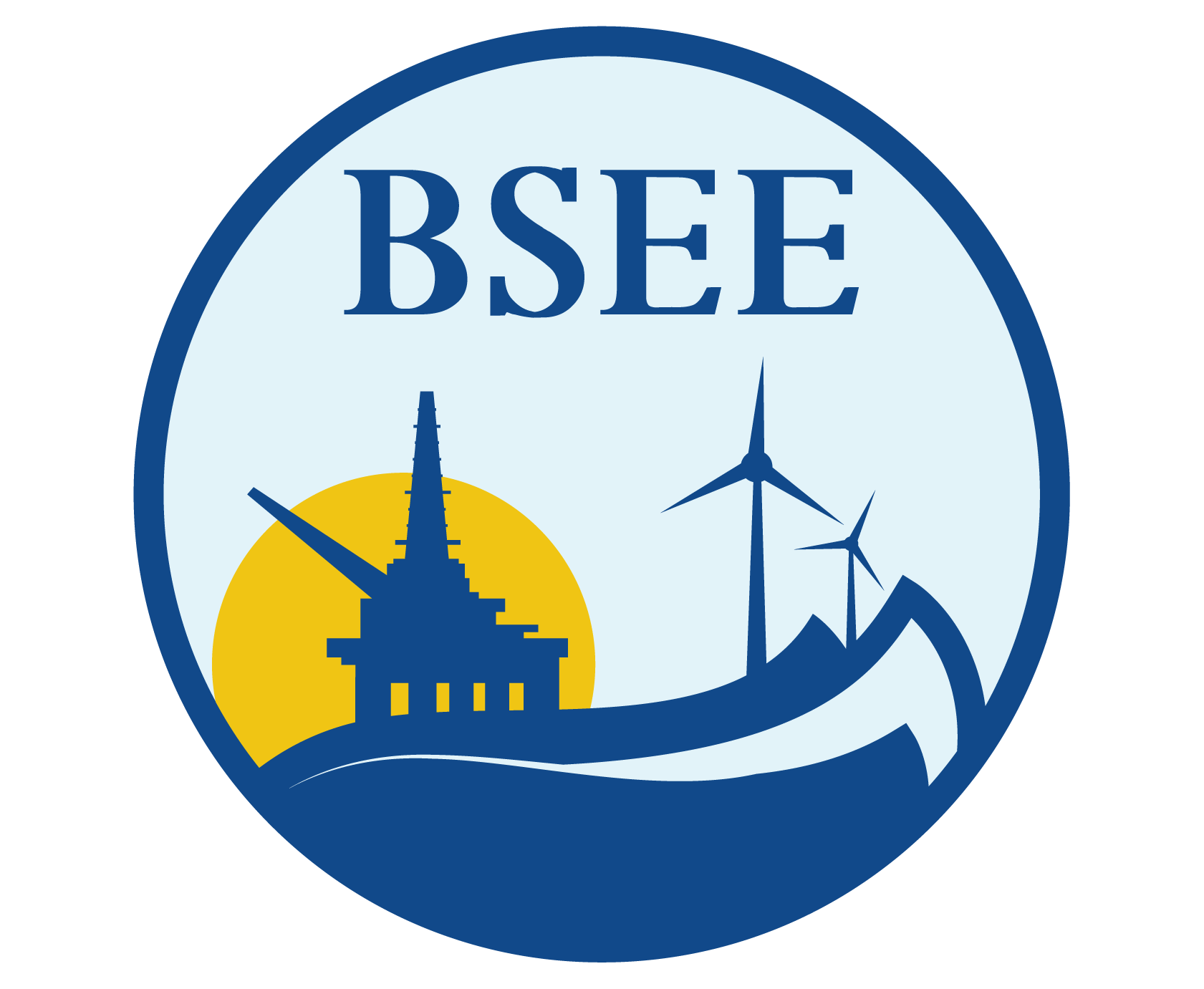Seafloor Slope Stability Assessment
A 1 day forum on Risk Assessment for Submarine Slope Stability with special emphasis on deepwater was organized and conducted with participation from government, academia and industry. In addition, extensive research and compilation of data from literature was conducted to develop a database on submarine slope failures. Because the information required to perform a complete risk assessment was limited, the objective was to develop a database to provide information that can be used to supplement site-specific data for making risk assessments of sea floor stability.
